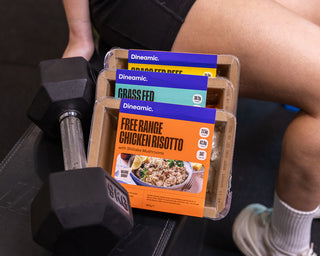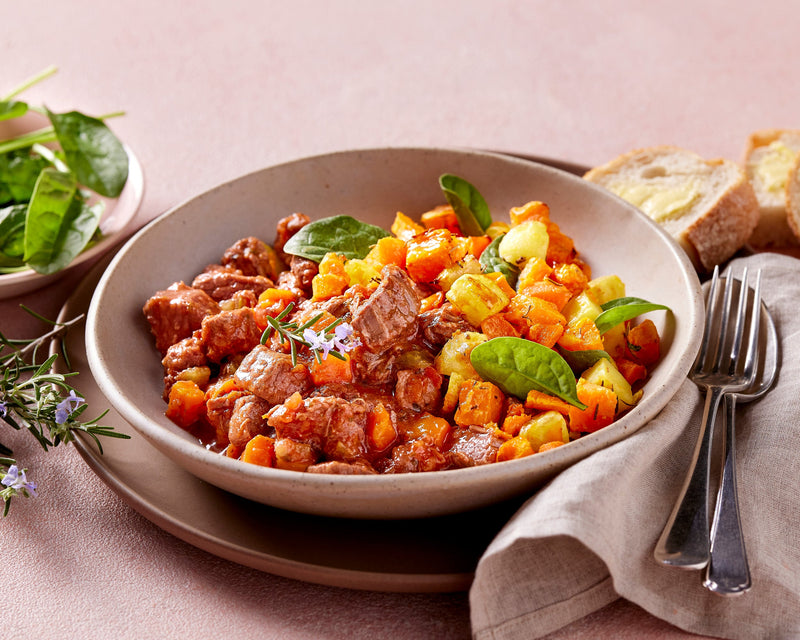
There are so many things to contend with when it comes to a healthy lifestyle. Health means something different to everyone, but no matter what, it’s the sum of a range of things including diet, exercise, lifestyle, and how you balance work, family and life. No biggie, right?
There’s no doubt that we’re becoming more educated about food & nutrition, but there can be easy slipups that could potentially sabotage your healthy diet.
Not Watching Your Portion sizes
It might not be what you’re eating, but how much of it. Speaking from personal experience I was constantly serving myself the same portions as someone who was an extra 20cm in height, twice as active and male (I’m female). We have very different energy requirements, and outside of a weight management perspective, the extra food (healthy as it may be) was making me feel lethargic and overfull regularly. After correcting my portion sizes, the difference has been mind-blowing.
Portion sizes can be tricky, but if you take the time to learn what a healthy serve is for you, watching this when you’re plating up becomes much easier. The hard part is knowing that not everyone needs the same amount and recognising that you don’t need to put extra food on your plate just because it’s there.
For guidance on what a healthy serve looks like, check out the Australian Guide to Healthy Eating. It offers great tips on each of the food groups, what a serve should be, and how many serves of each you need in a day. We swear by the Guide here at Dineamic & we ensure that all our meals fit within it.
Not Looking past health claims
We see this all the time and many of us have been guilty of it ourselves. With so much packaging covered in health claims, it’s often easy to take those health claims as an indication of how good something is for you. However, it’s important to remember that just because something is ‘vegan’, ‘gluten free’ or contains ‘no added sugar’ doesn’t mean that it’s healthy. This goes for any and all health claims, not just those mentioned.
The clearest example of this is the humble sandwich cookie with cream filling starting ‘o’ – technically they’re vegan, but that doesn’t mean they’re a ‘healthy snack’.
To avoid falling into the marketing trap, try looking at the rest of the label.
The Nutritional Panel will help you understand what amount of sugar/ fat/ sodium/energy/ Carbs are in there, as how many serves are in a pack.
The Ingredients List is often a fast way to get insight. For example, if sugar is the first ingredient, it’s not off to a great start. Look for ingredients such as vegetables, meat and wholegrains as opposed to loads of numbers or ingredient names that you have to google to understand.
For a crash course on understanding food labels, check out our post Your Go-To Guide for Understanding Food Labels, written by our Nutritionist, Rachael.
Skipping key food groups
While some diets encourage omitting or heavily restricting certain food groups, we recommend including them all in keeping with the Australian Guide to Healthy Eating. After all, this along with the Australian Dietary Guidelines were developed by a working committee of experts, key organisations and government bodies and extensive scientific papers. We know who we’d trust.
To meet the nutrient requirements essential for good health, you need to eat a variety from each of the five food groups daily, in the recommended amounts. It is also important to enjoy a variety of foods within each of the Five Food Groups because different foods vary in the amount of the key nutrients that they provide. Basically, eat the rainbow for a diverse range of nutrients in your diet so you get the right stuff to get you through your day and kick some butt.
Let us know in the comments what your favourite tips & tricks are for keeping a healthy, balanced diet.










